Showing 33–43 of 43 results

THE MONGOL EMPIRE

Only registered users can download this book.
Please Login/Register first.
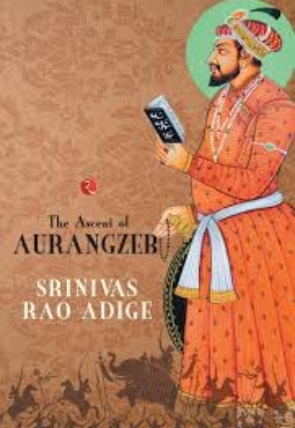
THE MUGHAL HIGH NOON : THE ASCENT OF AURANGZEB

Only registered users can download this book.
Please Login/Register first.
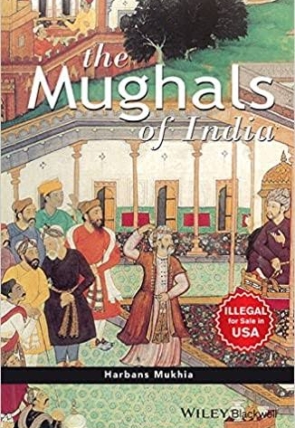
THE MUGHALS OF INDIA

Only registered users can download this book.
Please Login/Register first.
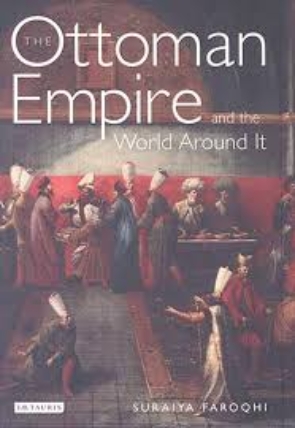
THE OTTOMAN EMPIRE 2021 EDITION FREE BOOK PDF

THE OTTOMAN EMPIRE 2021 EDITION FREE BOOK PDF
OTTOMAN EMPIRE :-
The Ottoman Empire (/ˈɒtəmən/; Ottoman Turkish: دولت عليه عثمانيه Devlet-i ʿAlīye-i ʿOsmānīye, lit. ’The Sublime Ottoman State’; Turkish: Osmanlı İmparatorluğu or Osmanlı Devleti; French: Empire ottoman) was a state that controlled much of Southeastern Europe, Western Asia, and Northern Africa between the 14th and early 20th centuries. It was founded at the end of the 13th century in northwestern Anatolia in the town of Söğüt (modern-day Bilecik Province) by the Turkoman tribal leader Osman I.
After 1354, the Ottomans crossed into Europe and with the conquest of the Balkans, the Ottoman beylik was transformed into a transcontinental empire. The Ottomans ended the Byzantine Empire with the conquest of Constantinople in 1453 by Mehmed the Conqueror.
Under the reign of Suleiman the Magnificent, the Ottoman Empire marked the peak of its power and prosperity as well as the highest development of its government, social, and economic systems. At the beginning of the 17th century, the empire contained 32 provinces and numerous vassal states. Some of these were later absorbed into the Ottoman Empire, while others were granted various types of autonomy over the course of centuries.
With Constantinople (modern-day Istanbul) as its capital and control of lands around the Mediterranean Basin, the Ottoman Empire was at the centre of interactions between the Eastern and Western worlds for six centuries. While the empire was once thought to have entered a period of decline following the death of Suleiman the Magnificent, this view is no longer supported by the majority of academic historians. The empire continued to maintain a flexible and strong economy, society and military throughout the 17th and for much of the 18th century. However, during a long period of peace from 1740 to 1768, the Ottoman military system fell behind that of their European rivals, the Habsburg and Russian empires. The Ottomans consequently suffered severe military defeats in the late 18th and early 19th centuries. The successful Greek War of Independence concluded with decolonization following the London Protocol (1830) and Treaty of Constantinople (1832). This and other defeats prompted the Ottoman state to initiate a comprehensive process of reform and modernization known as the Tanzimat. Thus, over the course of the 19th century, the Ottoman state became vastly more powerful and organized internally, despite suffering further territorial losses, especially in the Balkans, where a number of new states emerged.
The Committee of Union and Progress (CUP) established the Second Constitutional Era in the Young Turk Revolution in 1908, turning the Empire into a constitutional monarchy, which conducted competitive multi-party elections. A few years later, the now radicalized and nationalistic Union and Progress Party took over the government in the 1913 coup d’état, creating a one party regime. The CUP allied the Empire with Germany hoping to escape from the diplomatic isolation which had contributed to its recent territorial losses, and thus joined World War I on the side of the Central Powers. While the Empire was able to largely hold its own during the conflict, it was struggling with internal dissent, especially with the Arab Revolt in its Arabian holdings. During this time, genocide was committed by the Ottoman government against the Armenians, Assyrians, and Greeks. The Empire’s defeat and the occupation of part of its territory by the Allied Powers in the aftermath of World War I resulted in its partitioning and the loss of its Middle Eastern territories, which were divided between the United Kingdom and France. The successful Turkish War of Independence led by Mustafa Kemal Atatürk against the occupying Allies led to the emergence of the Republic of Turkey in the Anatolian heartland and the abolition of the Ottoman monarchy.
Only registered users can download this book.
Please Login/Register first.
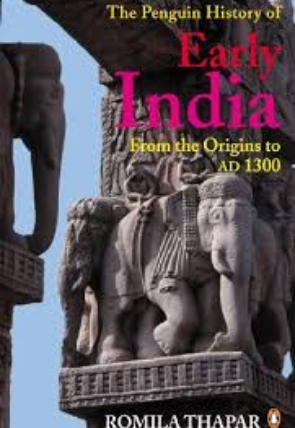
THE PENGUIN HISTORY OF EARLY INDIA
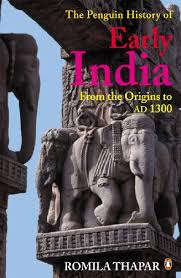
Only registered users can download this book.
Please Login/Register first.
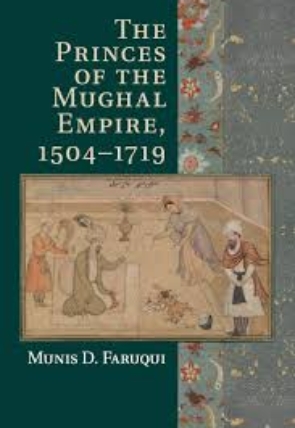
THE PRINCES OF MUGHAL EMPIRE

Only registered users can download this book.
Please Login/Register first.

THE QUEST FOR THE ORIGIN OF VEDIC CULTURE 2021 EDITION FREE BOOK PDF

THE QUEST FOR THE ORIGIN OF VEDIC CULTURE 2021 EDITION FREE BOOK PDF
THE QUEST FOR THE ORIGIN OF VEDIC CULTURE 2021 EDITION FREE BOOK PDF DESCRIPTION :-
As a result of the discovery of similarities between Sanskrit and the classical languages of Europe, scholars hypothesized the existence of an early “proto-Indo-European” people who spoke the language from which the other Indo-European speakers evolved. The solution to this Indo-European homeland problem has been one of the most consuming intellectual projects of the last two centuries. At first it was assumed that India was the original home of all the Indo-Europeans.
Soon, however, Western scholars were contending that the Vedic culture of ancient India must have been the by-product of an invasion or migration of “Indo-Aryans” from outside the subcontinent. Over the years, Indian scholars have raised many arguments against this European reconstruction of their nation’s history, yet Western scholars have generally been unaware or dismissive of these voices from India itself. Edwin Bryant offers a comprehensive examination of this ongoing debate, presenting all of the relevant philological, archaeological, linguistic, and historiographical data, and showing how they have been interpreted both to support the theory of Aryan migrations and to contest it.
Bringing to the fore those hitherto marginalized voices that argue against the external origin of the Indo-Aryans, he shows how Indian scholars have questioned the very logic, assumptions, and methods upon which the theory is based and have used the same data to arrive at very different conclusions. By exposing the whole endeavor to criticism from scholars who do not share the same intellectual history as their European peers, Bryant’s work newly complicates the Indo-European homeland quest. At the same time it recognizes the extent to which both sides of the debate have been driven by political, racial, religious, and nationalistic agendas.
VEDIC PERIOD :-
The Vedic period, or Vedic age (c. 1500 – c. 500 BCE), is the period in the late Bronze Age and early Iron Age of the history of India when the Vedic literature, including the Vedas (ca. 1300–900 BCE), was composed in the northern Indian subcontinent, between the end of the Urban Indus Valley Civilisation and a second urbanisation which began in the central Indo-Gangetic Plain c. 600 BCE. The Vedas are liturgical texts which formed the basis of modern day Hinduism, which also developed in the Kuru Kingdom. The Vedas contain details of life during this period that have been interpreted to be historical and constitute the primary sources for understanding the period. These documents, alongside the corresponding archaeological record, allow for the evolution of the Vedic culture to be traced and inferred.
The Vedas were composed and orally transmitted with precision in this period. The Vedic society was patriarchal and patrilineal. Early Indo-Aryans were a Late Bronze Age society centred in the Punjab, organised into tribes rather than kingdoms, and primarily sustained by a pastoral way of life.
Around c. 1200–1000 BCE Vedic culture spread eastward to the fertile western Ganges Plain. Iron tools were adopted, which allowed for the clearing of forests and the adoption of a more settled, agricultural way of life. The second half of the Vedic period was characterised by the emergence of towns, kingdoms, and a complex social differentiation distinctive to India, and the Kuru Kingdom‘s codification of orthodox sacrificial ritual. During this time, the central Ganges Plain was dominated by a related but non-Vedic culture, of Greater Magadha. The end of the Vedic period witnessed the rise of true cities and large states (called mahajanapadas) as well as śramaṇa movements (including Jainism and Buddhism) which challenged the Vedic orthodoxy.
The Vedic period saw the emergence of a hierarchy of social classes that would remain influential. Vedic religion developed into Brahmanical orthodoxy, and around the beginning of the Common Era, the Vedic tradition formed one of the main constituents of “Hindu synthesis“.
Archaeological cultures identified with phases of vedic culture include the Ochre Coloured Pottery culture, the Gandhara grave culture, the black and red ware culture and the Painted Grey Ware culture.
Only registered users can download this book.
Please Login/Register first.
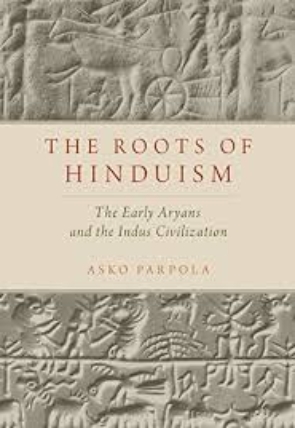
THE ROOTS OF HINDUISM 2021 EDITION FREE BOOK PDF

Only registered users can download this book.
Please Login/Register first.
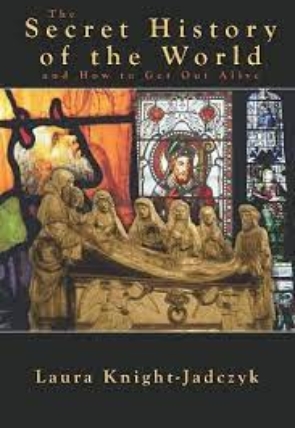
The Secret History of the World

Only registered users can download this book.
Please Login/Register first.
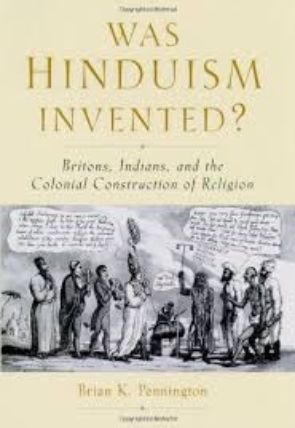
WAS HINDUISM INVENTED FREE PDF BOOK 2021 EDITION

WAS HINDUISM INVENTED FREE PDF BOOK
Drawing on a large body of previously untapped literature, including documents from the Church Missionary Society and Bengali newspapers, Brian Pennington offers a fascinating portrait of the process by which “Hinduism” came into being. He argues against the common idea that the modern construction of religion in colonial India was simply a fabrication of Western Orientalists and missionaries. Rather, he says, it involved the active agency and engagement of Indian authors as well, who interacted, argued, and responded to British authors over key religious issues such as image-worship, sati, tolerance, and conversion.
Drawing on a large body of previously untapped literature, including documents from the Church Missionary Society and Bengali newspapers, Brian Pennington offers a fascinating portrait of the process by which “Hinduism” came into being. He argues against the common idea that the modern construction of religion in colonial India was simply a fabrication of Western Orientalists and missionaries. Rather, he says, it involved the active agency and engagement of Indian authors as well, who interacted, argued, and responded to British authors over key religious issues such as image-worship, sati, tolerance, and conversion.
HINDUISM :-
Hinduism is an Indian religion and dharma, or way of life. It is the world’s third-largest religion, with over 1.2 billion followers, or 15–16% of the global population, known as Hindus. The word Hindu is an exonym, and while Hinduism has been called the oldest religion in the world, many practitioners refer to their religion as Sanātana Dharma (Sanskrit: सनातन धर्म, lit. ”the Eternal Dharma”), which refers to the idea that its origins lie beyond human history, as revealed in the Hindu texts. Another, though less fitting, self-designation is Vaidika dharma, the ‘dharma related to the Vedas.
Hinduism is a diverse system of thought marked by a range of philosophies and shared concepts, rituals, cosmological systems, pilgrimage sites, and shared textual sources that discuss theology, metaphysics, mythology, Vedic yajna, yoga, agamic rituals, and temple building, among other topics. Prominent themes in Hindu beliefs include the four Puruṣārthas, the proper goals or aims of human life; namely, dharma (ethics/duties), artha (prosperity/work), kama (desires/passions) and moksha (liberation/freedom from the passions and the cycle of death and rebirth), as well as karma (action, intent and consequences) and saṃsāra (cycle of death and rebirth). Hinduism prescribes the eternal duties, such as honesty, refraining from injuring living beings (Ahiṃsā), patience, forbearance, self-restraint, virtue, and compassion, among others. Hindu practices include rituals such as puja (worship) and recitations, japa, meditation (dhyāna), family-oriented rites of passage, annual festivals, and occasional pilgrimages. Along with the practice of various yogas, some Hindus leave their social world and material possessions and engage in lifelong Sannyasa (monasticism) in order to achieve moksha.
Hindu texts are classified into Śruti (“heard”) and Smṛti (“remembered”), the major scriptures of which are the Vedas, the Upanishads, the Purānas, the Mahābhārata, the Rāmāyana, and the Āgamas. There are six āstika schools of Hindu philosophy, who recognise the authority of the Vedas, namely Sānkhya, Yoga, Nyāya, Vaisheshika, Mimāmsā and Vedānta. While the Puranic chronology presents a genealogy of thousands of years, starting with the Vedic rishis, scholars regard Hinduism as a fusion[note 6] or synthesis of Brahmanical orthopraxy with various Indian cultures, having diverse roots and no specific founder. This Hindu synthesis emerged after the Vedic period, between c. 500–200 BCE and c. 300 CE, in the period of the Second Urbanisation and the early classical period of Hinduism, when the Epics and the first Purānas were composed. It flourished in the medieval period, with the decline of Buddhism in India.
Currently, the four largest denominations of Hinduism are Vaishnavism, Shaivism, Shaktism, and Smartism. Sources of authority and eternal truths in the Hindu texts play an important role, but there is also a strong Hindu tradition of questioning authority in order to deepen the understanding of these truths and to further develop the tradition. Hinduism is the most widely professed faith in India, Nepal and Mauritius. Significant numbers of Hindu communities are found in Southeast Asia including in Bali, Indonesia, the Caribbean, North America, Europe, Oceania, Africa, and other regions.
Only registered users can download this book.
Please Login/Register first.
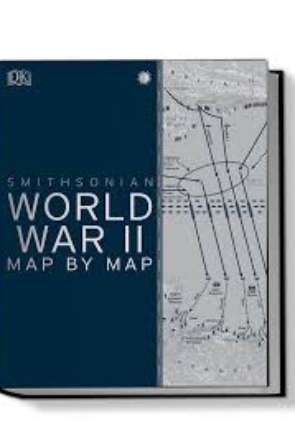
WORLD WAR II MAP BY MAP 2021 EDITION FREE BOOK PDF

WORLD WAR II MAP BY MAP 2021 EDITION FREE BOOK PDF
WORLD WAR II MAP BY MAP FREE BOOK DESCRIPTION :-
The deadliest war in history brought to life through bold, easy-to-grasp maps
In this stunning visual history ebook, purpose-made maps reveal the full story of the Second World War. From the rise of the Axis powers to the aftermath of the atomic bomb attack on Hiroshima, this ebook shows how each step of the action took place. Each map is full of detail, charting the progress of the key events of World War II on land, sea, and air, including the Dunkirk evacuation, the attack on Pearl Harbor, the D-Day landings, the siege of Stalingrad, and the war in the Pacific.
As well as purpose-made maps, historical maps from both Allied and Axis countries give compelling insights into the course of the war. There are also timelines summarizing each stage of the conflict as it unfolded, while fascinating, large-scale photographs offer a closer look at life both on and off the battlefield, introducing topics such as blitzkrieg tactics, civilian life in wartime, code-breaking, and more.
Written by a team of historians headed by Richard Overy as consultant, World War II Map by Map shows how the deadliest conflict in history changed the face of our world. It is perfect for general readers, students, and military history enthusiasts everywhere. Includes a foreword by Peter Snow, broadcaster and historian.
Trace the epic history of World War 2 across the globe with more than 100 detailed maps.
In this stunning visual history book, custom maps tell the story of the Second World War from the rise of the Axis powers to the dropping of the atom bomb on Hiroshima and Nagasaki. Each map is rich with detail and graphics, helping you to chart the progress of key events of World War II on land, sea, and air, such as the Dunkirk evacuation, the attack on Pearl Harbor, the D-Day landings, and the siege of Stalingrad.
Historical maps from both Allied and Axis countries also offer unique insights into the events. There are timelines to help you follow the story as it unfolds, while narrative overviews explain the social, economic, political, and technical developments at the time. Fascinating, large-scale pictures introduce topics such as the Holocaust, blitzkrieg, kamikaze warfare, and code-breaking.
Written by a team of historians in consultation with Richard Overy, World War II Map by Map examines how the deadliest conflict in history changed the face of our world. It is perfect for students, general readers, and military history enthusiasts.
Follow the key developments of World War II in unprecedented visual detail, with more than 100 specially created and historical maps covering all major theatres of war. Layers of information show how the conflict raged around the globe on land, air, and sea, while timelines provide an in-depth chronology of events. Stunning archival photographs, contemporary artefacts, and profiles of famous leaders reveal the full story of the war that shaped the modern world.
Written by a team of historians headed by Richard Overy as consultant, World War II Map by Map examines how the most destructive conflict in history changed the face of our world. It is perfect for students, general readers, and military history enthusiasts. Includes a foreword by broadcaster and historian Peter Snow.
Follow the key developments of World War II in unprecedented visual detail, with more than 100 specially created and historical maps covering all major theatres of war. Layers of information show how the conflict raged around the globe on land, air, and sea, while timelines provide an in-depth chronology of events. Stunning archival photographs, contemporary artefacts, and profiles of famous leaders reveal the full story of the war that shaped the modern world.
Written by a team of historians headed by Richard Overy as consultant, World War II Map by Map examines how the most destructive conflict in history changed the face of our world. It is perfect for students, general readers, and military history enthusiasts. Includes a foreword by broadcaster and historian Peter Snow.
Only registered users can download this book.
Please Login/Register first.